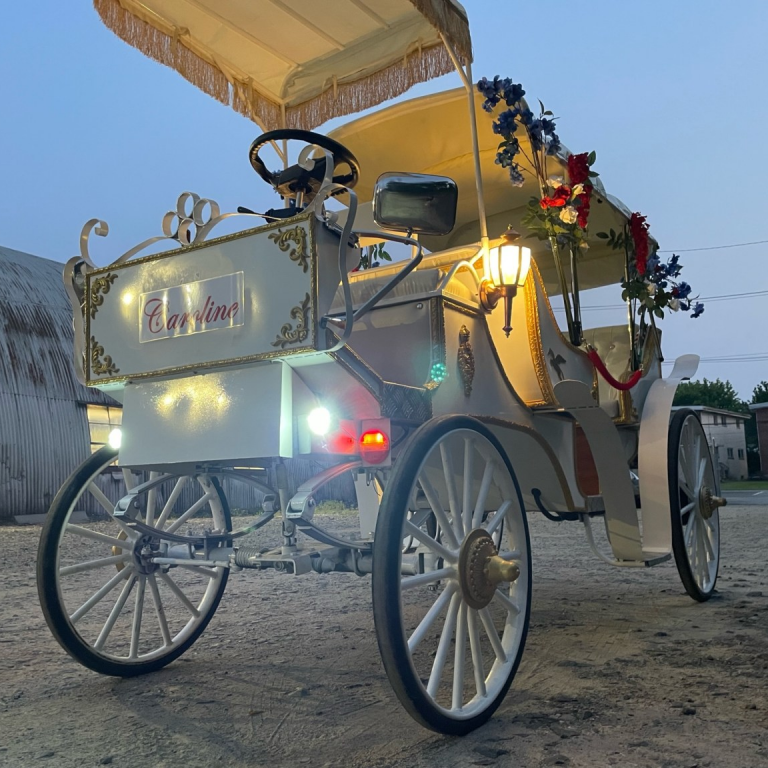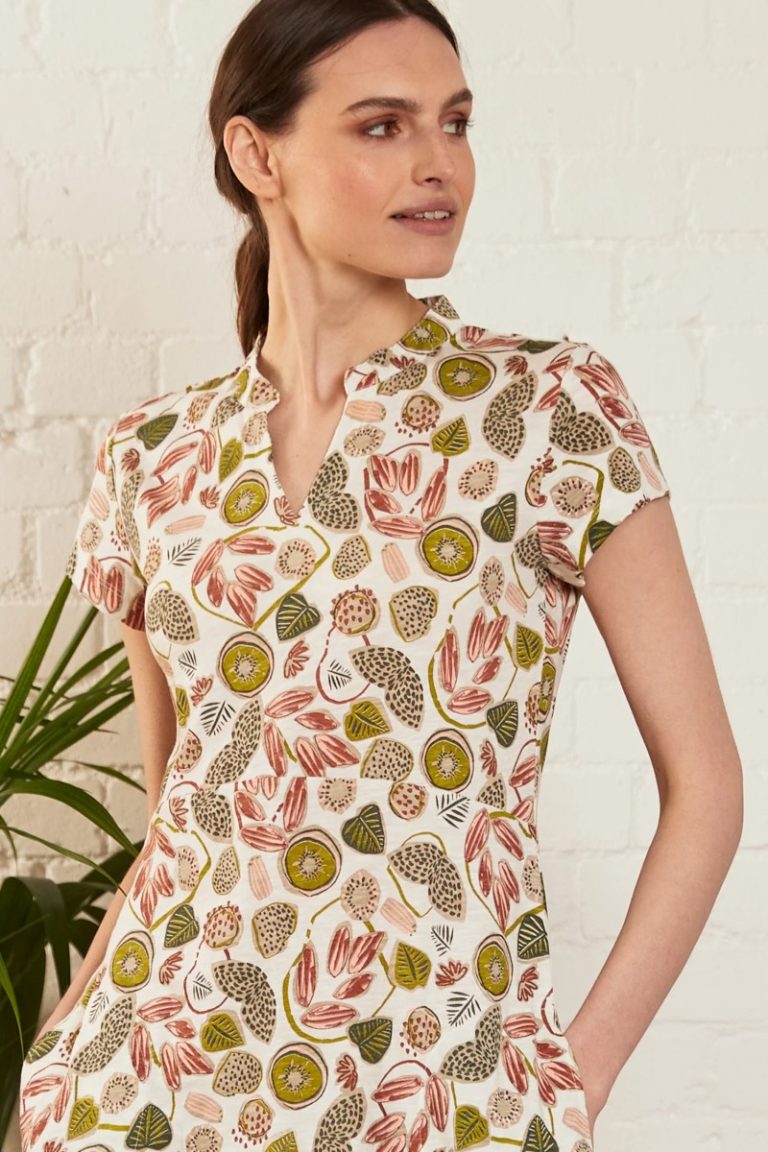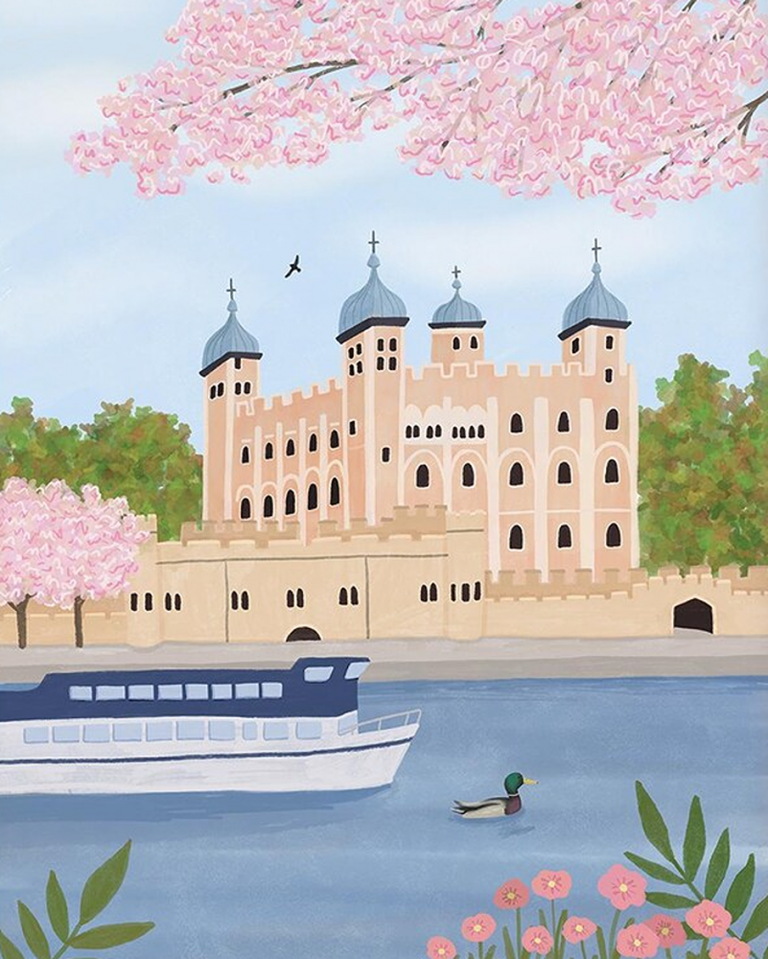
England is a very old country, so sometimes it’s literally impossible to make certain spaces accessible (say higgeldy-piggeldy shops or steep winding staircases to church towers).
And with an ageing population and many of those disabled, good town planning can still make other places accessible. Creating wide-pavement walking communities, building new developments around feet and wheelchairs (not cars).
And learn how to make England’s places more dog-friendly.
We’ve all cringed, seeing shop assistants have to struggle with people in wheelchairs, with people rushing in to help them over doorways, without good ramps etc.
Surprisingly, the most accessible city in England (Wells, Somerset) is also the smallest (although some local residents disagree). Also read how to make use of disability benefits.
If you’re late back to a parking space due to disability or age (even an old dog!), it’s worth appealing a parking fine.
Due to a ’10-minute government grace period’. Usually councils halve fines to make you pay immediately. If you can afford to take the risk, you may not have to pay it all.
Understanding Inclusive Design
Inclusive design is about making spaces inclusive for all. For instance, there is not a ‘separate area’ for disabled children to play’, as the design is so good that everyone plays together. It’s far more than ramps and signs.
In Portland (Oregon), volunteers take blind and disabled passengers around the public transit unit (which include Braille signs) until they are confident to travel independently. That’s a great example of inclusive design.
Good elements of inclusive design are:
- Smooth wide ramps
- Tactile pavements and Braille signs
- Motion-sensor lights (that turn off when not in use, also good to reduce light pollution and stop birds flying into windows).
- Surveys and forums (if you’re a councillor, are you asking local people what they want?)
Councils always say they have no funds. But they could hire out empty parking spaces on weekends with JustPark to drivers. And raise thousands of pounds likely in a weekend.
A few birthday books for your town planner may not go amiss, as councils worldwide have come up with ideas, needing no extra cash.
More Accessible Public Bathrooms
Enter places you wish to travel at AccessAble to public bathrooms that are easy to access. Not providing good free public toilets means many elderly and disabled people don’t go out, as they are frightened of not finding somewhere.
Or they go out (but they don’t drink anything), which leads to dehydration.
- A £5 Radar key is a worthwhile investment, as it lets you into accessible toilets nationwide.
- Another idea is a Uribag (possibly free on NHS, ask your GP). This little latex canister is a portable urinal for men (just pee, empty on the kerb, then wash at home). The female version is designed for bedbound patients.
- Other options are Shewee (pee without undressing) which also makes QeeZee (an easy-to-recycled vomit bag! Just seal and dispose of in the bin).
- Popaloo (ideal for churchyards and allotments) uses dry powder in a biodegradable bag that turns to gel on use. Natsol composting toilets are modern, hygienic and affordable, and accessible for everyone.
How to Make Indie Shops More Accessible
- Offer foot or bicycle home delivery. If customers live nearby, deliver yourself (or hire someone) to deliver to those unable to visit in person.
- In the US, DoorDash employs people to earn good income by walking or cycling orders in local towns. They receive activation kits and keep all the tips.
- Install a doorbell! Ask disabled customers to ring the doorbell. You can then take orders while your customers go for a cuppa, then return later on to collect. Keep a tab, take the cash or bring the cash machine to the door.
- Set up an online shop. This happened during the pandemic lockdown, when small shops had customers order online. Code & Coconut themes (run on self-hosted WordPress) includes compatibility for free plugins to add a pretty store.
- Make your shop more accessible. Remove floor clutter (this helps prevent ‘hidden corners’ to prevent theft). Don’t stuff counter areas full of clutter, as people in wheelchairs need space to write cheques etc.
- Buy a quality portable ramp, so people in wheelchairs can navigate small steps. This post offers good guidelines on correct width, height, safety and ease of use.






